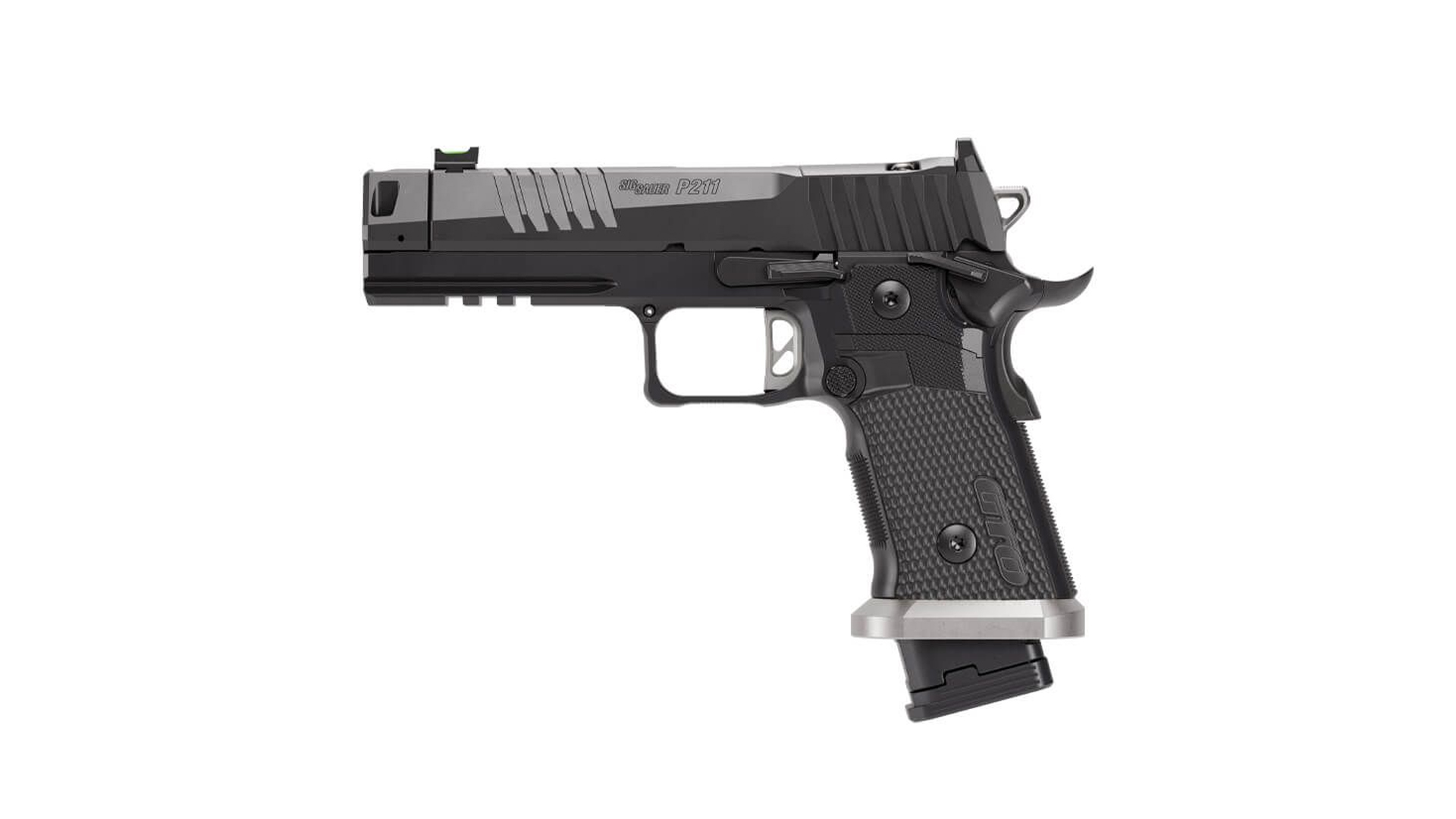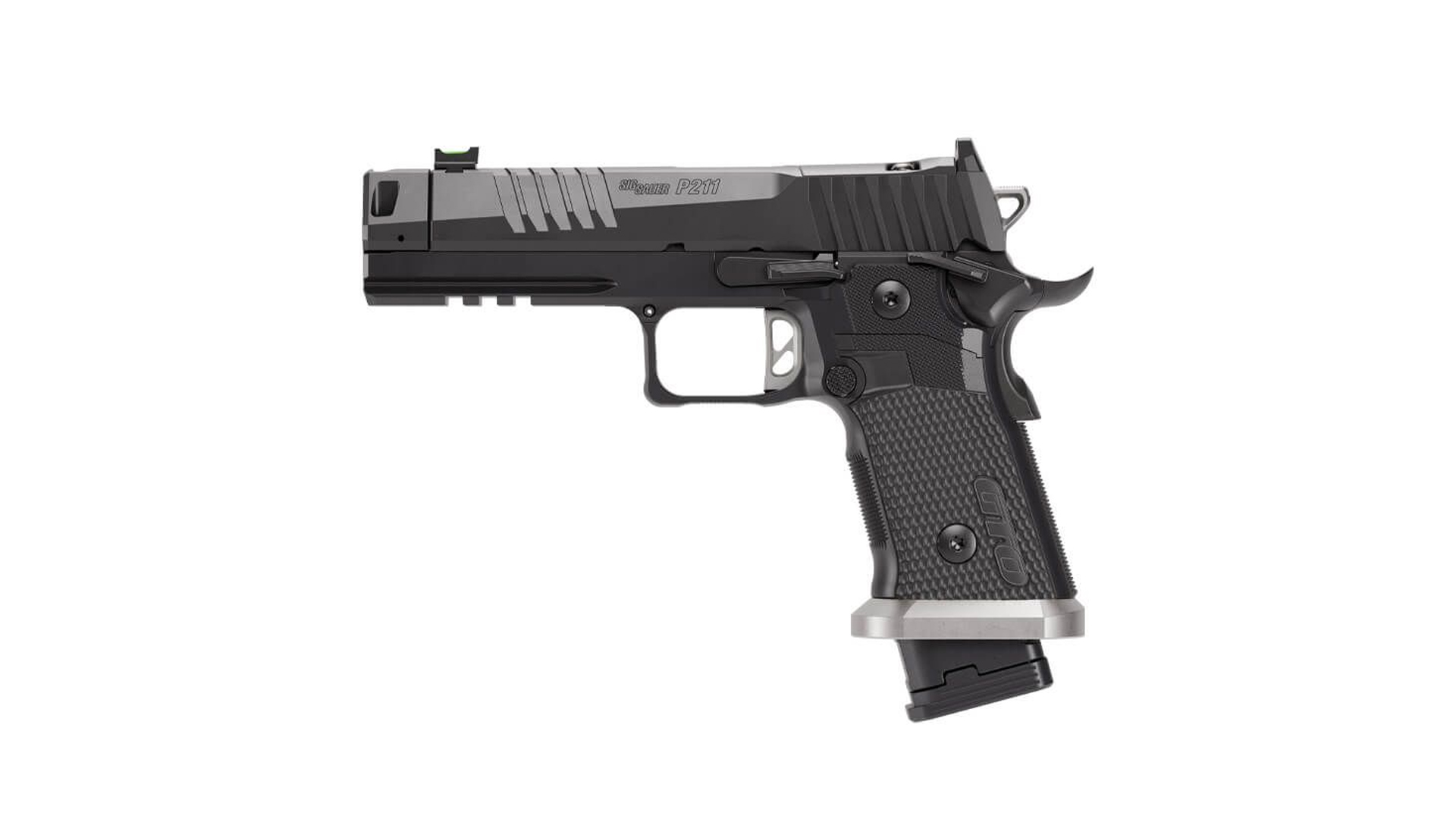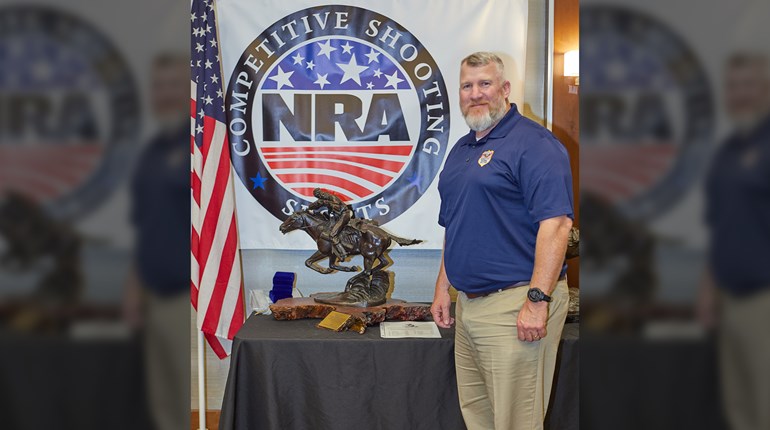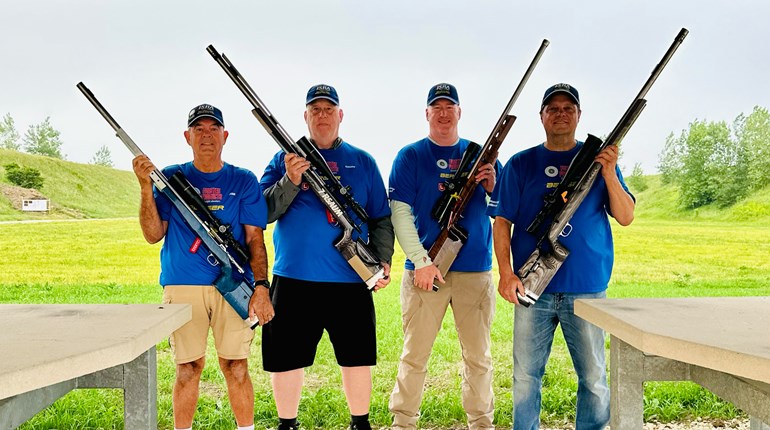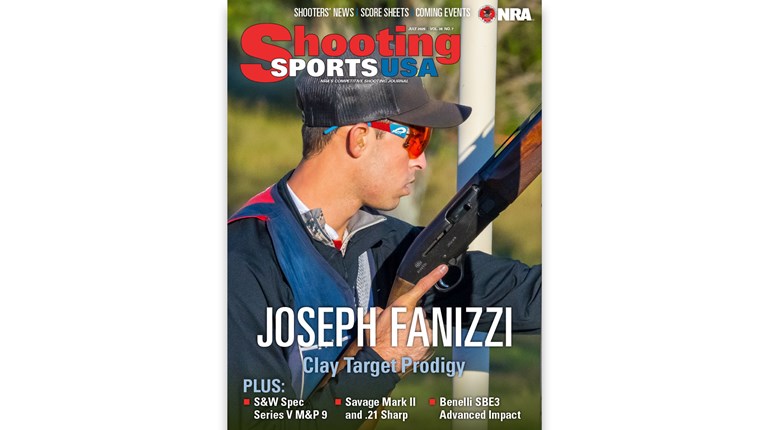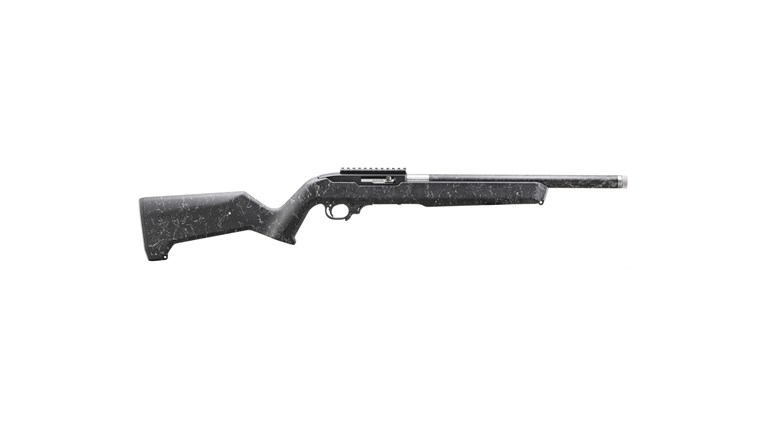
Editor’s note: You may remember earlier this year when we reported the story of smallbore shooter Elizabeth Harty. She headed to England in August as a member of the U.S. Randle Team, who defeated the British team 2304 to 2289. Elizabeth was kind enough to provide SSUSA with a match report, read on to learn her insights.
I came to England to have fun, gain new experiences, and to shoot. The first few days I told myself to just take good shots, read the wind properly, and be patient. I think every competitive shooter should strive to compete at an international competition. This competition at Bisley was my international debut. The funny thing was that I wasn't nervous at all. I had from Saturday to Thursday to compete, but the Randle competition on Friday (which is the reason why I was able to go to England in the first place―the emphasis of the trip for me was the Randle), so I didn’t think about it being a big competition. I traveled to England to have fun, learn new tips, and to shoot.
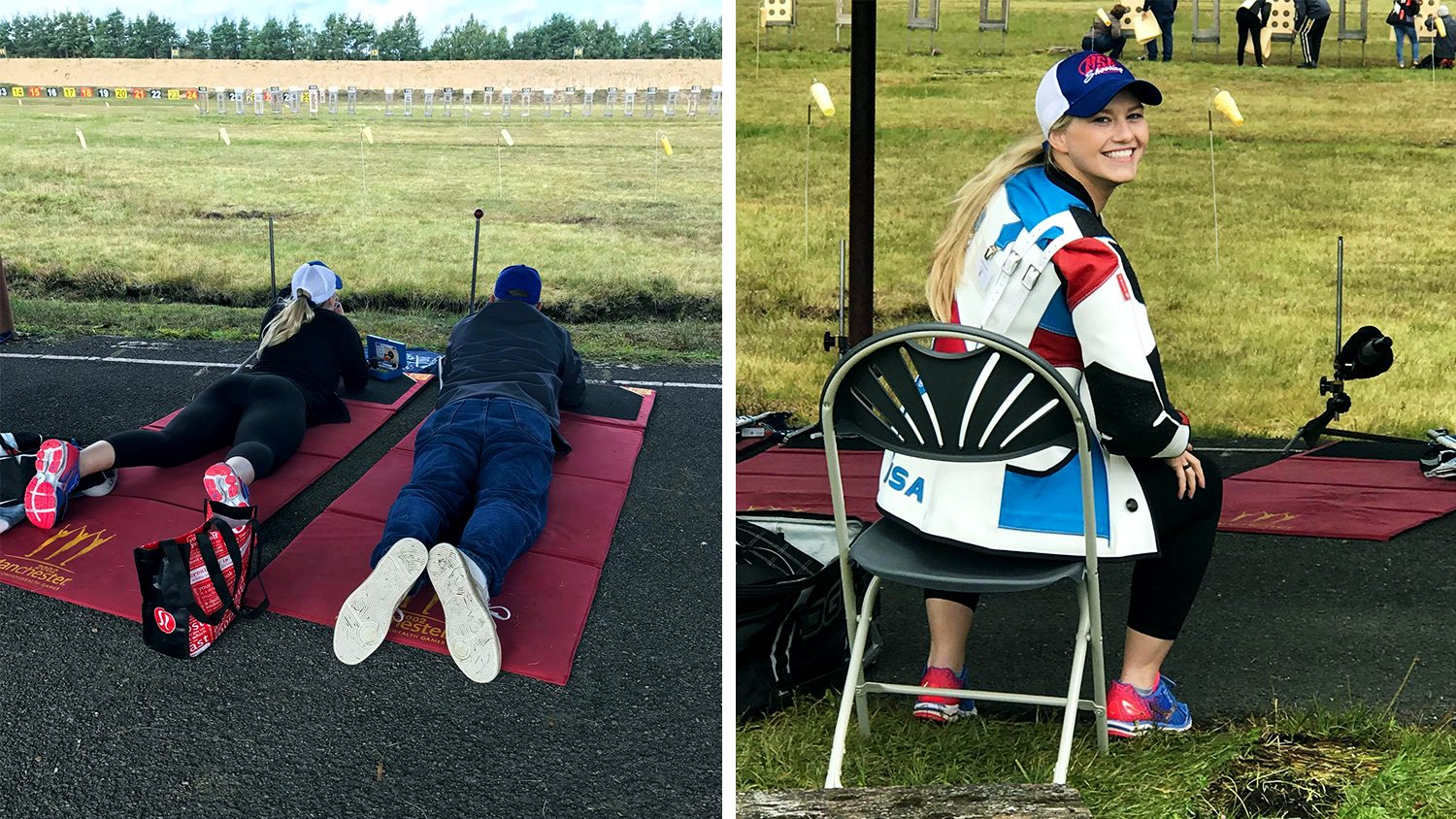
And I did just that. I shot!
A big difference from shooting NRA Smallbore Nationals at Bristol, IN, and other competitions here in the U.S. is the wind flags. In England, they use wind socks which require a lot more wind to move compared to the thin strips of material we use in the United States. Fortunately, I had a practice day on Friday to get used to the wind flags. The wind was definitely there, it was undoubtedly the windiest conditions I had ever shot before. The key was to stay patient and only shoot when the wind sock was at the same exact position. The wind sock had a larger effect on the bullet if it was turned a few degrees one way than the normal wind flags in the states. I shot when the wind socks were directly parallel with the ground―and I was shooting dead center 10s! It was definitely crazier compared to shooting at Bristol, but I was able to learn quickly how to make quality shots.

I met many new people there at the range, both young and old. One individual told me that once you become a frequent attendee to this match; it can take you hours to walk from one side of the range to the other. This person was spot on, I had many new supporters asking how I shot. Talking to them between matches made me feel that I’ve known them much longer than just the one week shooting at Bisley.

Teammate Ruby Gomes and I were categorized into Class D for the first match, which was the weekend aggregate. We tied and then won D class by 40 points. They elected to bump us up to Class B. Subsequently, we ended up winning D, C and B classes. After this switch, Ruby and I shot next to one another for the rest of the week. Being able to shoot next to my friend and teammate made the trip even more special. With every target hung, I committed myself to shooting the best that I possibly could. This approach definitely paid off. I didn’t keep track of points that I dropped, and I didn’t pay attention to what place I was in overall―I just shot. In the end I ended up winning B Class. And honestly, it was because I was having so much fun.

The postal match the English team shot on Thursday was very early―starting at 6:00 a.m. Team USA won by a single X, which was their score from the NRA Smallbore Nationals earlier this year in Bristol. On Friday, we shot against them again, this time using our wind coaches (the men from the Roberts Team). My wind coach was my collegiate coach from my time on the Michigan Club Rifle Team, Mike O’Connor. We also won in this match!

To be shooting with my coach who has taught me how to shoot, in England―I almost cried because I was so happy. It was an amazing experience and I wish to do it again. My coach has done a lot for me, and with his help during that match I was able to be the second female on Team USA for the Randle Team. I enjoyed every second being on that range, mainly because of the new friends that I made. I look forward to when they come to the U.S. in four years so I can reconnect with them!



